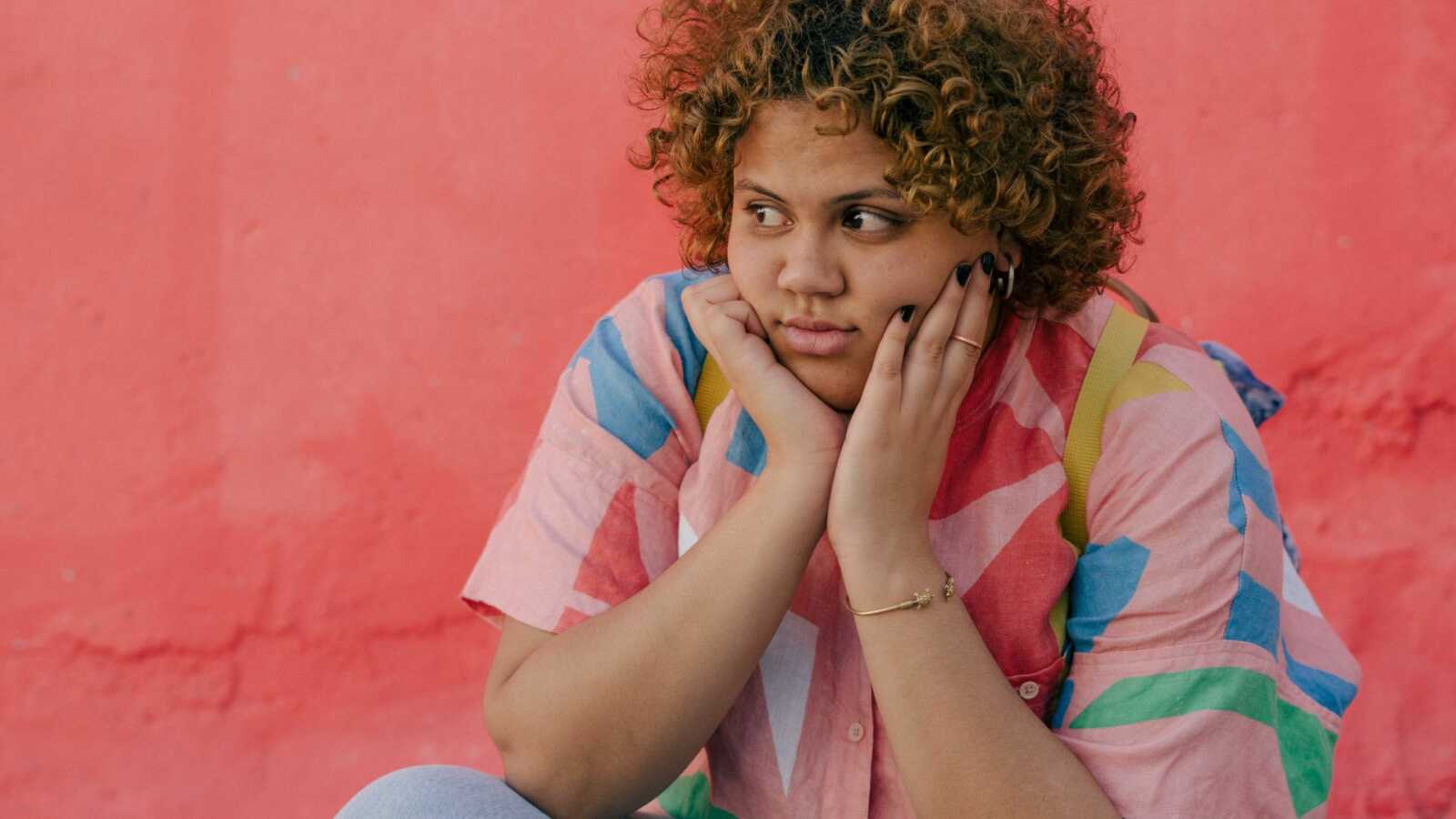Internalized fatphobia is a complex issue, manifesting itself in a number of ways. It can look like self-deprecation, negative self-talk, and avoidance of situations that trigger your discomfort. Many people face this challenge, so you’re not alone if you’re struggling with it. Fortunately, there are steps you can take to break free from internalized fatphobia and reclaim your self-worth.
Understanding Internalized Fatphobia
Internalized fatphobia refers to the negative beliefs, attitudes, and biases that some people hold towards individuals in larger bodies. Societal messaging often teaches individuals these beliefs, prioritizing thinness and equating it with health and beauty.
Fatphobic beliefs can lead to feelings of shame, self-hatred, and anxiety for those who live in larger bodies. It can also manifest in unhealthy behaviors such as dieting, disordered eating behavior, and weight stigma. Recognizing and understanding the existence of internalized fatphobia is the first step in overcoming it.
1. Examine Biases And Prejudices
It can feel uncomfortable to acknowledge how you may have internalized harmful societal messages about weight and body size, but it’s crucial to do so to move forward. Take time to reflect on your own beliefs and attitudes towards fatness and thinness.
Ask yourself key questions. Do you believe that thinness is inherently superior? Do you assume that people in larger bodies are lazy or lack self-control? Recognizing and acknowledging these biases can help you start to dismantle them.
It’s also important to examine how weight bias shows up in your actions and interactions with others. Do you make comments about people’s weight or body size? Do you treat people differently based on their size? These behaviors can perpetuate harmful stereotypes and contribute to a culture of fatphobia.
2. Educate Yourself On Size Diversity
Understanding size diversity involves acknowledging that bodies come in all shapes and sizes and that none are inherently better or worse than others. Seek out resources that deconstruct your preconceptions and offer alternative perspectives, such as body-positive books, podcasts, or social media accounts. It’s helpful to listen to people of diverse sizes and experiences to avoid perpetuating harmful stereotypes or assumptions. By learning about and celebrating the diversity of bodies, you can begin to break down your internalized biases and appreciate the beauty in all shapes and sizes.

3. Embrace Body Positivity
Embracing body positivity or body neutrality means accepting and loving your body, regardless of its size or shape. This can be difficult if you have internalized fatphobia, but it’s essential for healing and growth.
Start by focusing on what your body can do rather than its appearance. Celebrate your strengths and accomplishments. Surround yourself with body-positive messages by practicing self-affirmations and recognizing negative thoughts and self-talk.
4. Challenge Diet Culture And Thin Supremacy
One of the biggest contributors to internalized fatphobia is diet culture and the idea of thin supremacy. This is the belief that thinness is the only acceptable body size and that dieting and weight loss are necessary for health and happiness.
To break free from these harmful beliefs, start by examining how you participate in diet culture, such as counting calories or demonizing certain food choices. Instead, focus on intuitive eating and listening to your body’s needs. Educate yourself on the science behind weight stigma and how it contributes to negative health issues. Challenge the notion that thinness is the only desirable body size by celebrating and advocating for size diversity in media and society.
5. Practice Self-Love
It’s crucial to prioritize self-love and self-care in the process of deconstructing internalized fatphobia. This means treating your bodies with kindness and respect, and not engaging in harmful behaviors such as restrictive eating or overexercising. Engage in activities that make you feel good, such as yoga or dancing. Taking care of your mental health through therapy or mindfulness practices can also help promote self-love and healing from negative body image.
6. Find A Supportive Community
Seek out individuals and spaces that embrace body positivity and reject harmful diet culture. This can include social media accounts, online groups, in-person support groups, and friends and family who uplift and empower you. Surrounding yourself with people who understand and validate your experiences can help you feel less alone and more confident in your journey toward self-love and body acceptance.
Deconstructing societal messages won’t feel easy because we have internalized them and the messages keep on coming. The process will feel challenging, but as time passes, it will feel easier to recognize your feelings and combat internalized fatphobia.
This article was written exclusively for Love What Matters by Kate Fann. Be sure to subscribe to our free email newsletter for our best stories.
Read more stories like this:
Do you know someone who could benefit from reading this? SHARE this story on social media with family and friends.


